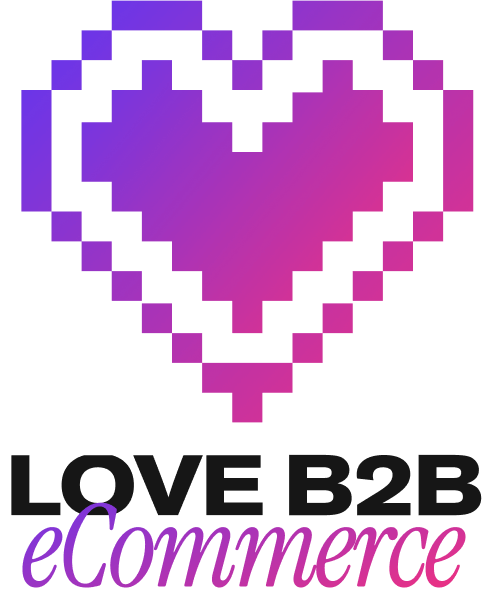B2B has come a long way since faxing over purchase orders (POs) and door-to-door sales - but there are still some familiar friction points.
Even with slick digital platforms designed to streamline B2B eCommerce, many businesses fall into the same bad habits. While the customer journey may look modern - online portals, personalised catalogues, communication tools - buyers are still hitting walls that slow them down and lead to abandoned baskets.
B2B buyers are used to complexity and are unlikely to raise complaints. Instead, they find their own workarounds, start to order less frequently, and then slowly disappear. If the friction points are invisible to your team, it kills adoption - especially during customer onboarding B2B eCommerce journeys.
We’re covering the three most common hidden friction points to help you boost adoption and retention. These areas can be addressed within your B2B eCommerce onboarding process so that buyers never even know they exist…
1. Pricing uncertainty
Within the world of B2B, personalised pricing is nothing new - different buyers get different price lists based on their relationships and order history with the business.
Additionally, order volumes often influence rates - tiered pricing has existed for a long time for a reason. Add in promotional discounts and gated B2B portals, and you’ve got a lot of variables!
One of the biggest issues this causes (besides the headache of managing it all manually) is that buyers don’t always know what or where their pricing is.
If they land on a generic website, they may start questioning if the default price is relevant to them, why the unit price changes as their order grows, and where their promised discount has gone.
This creates a loss of trust and can quickly become frustrating to navigate. If your B2B buyers can’t see their pricing, they feel undervalued and will begin to look elsewhere.
2. Inventory and delivery confusion
B2B buyers aren’t shopping for fun or on impulse - they’re stocking up on their regular items. As such, clarity around stock levels is essential.
If your store shows stock that isn’t actually available, delivery times that change after checkout, or the wrong variables, buyer trust begins to fade.
It’s no surprise that customers then begin calling or emailing your team to check specific stock counts, or even start delaying their orders.
This not only takes up valuable time for your support teams but also means you’re losing money while they hesitate to buy.
The same goes for delivery and shipping options - especially if you offer pre-ordering. The more confusion there is and the less relevant the options to each buyer, the lower levels of adoption you’ll see.
3. Slow reordering processes
Repeat business is the core driver of successful B2B - but so many online stores make it painful and lengthy.
This is one of the biggest friction points for B2B buyers. While B2C buyers tend to prefer impulse shopping, social-media-influenced browsing, or keeping up with trends, wholesale purchasers are different.
When done badly, each time they want to reorder, buyers have to search entire product catalogues, manually rebuild orders using previous invoices as a guide, and re-select their shipping and payment methods.
When done well, this can look like a buyer simply populating their cart with a previous order. It’s that simple! Making repeat ordering effortless ensures adoption sticks.
Why is B2B eCommerce onboarding so important?
Every customer costs you money in some shape or form, just as they all bring value to your business. That’s why it’s essential to consider the costs of these hidden friction points and make it a priority to address them within your onboarding process.
The more friction in the customer journey, the lower conversion rates and reorder frequency you’ll see.
On top of that, there’ll be minimal self-service adoption, meaning higher reliance on your team. You’ll start intervening more and more, taking your team away from true value-add tasks. You’ll start to see lost revenue, too - buyers will drift to competitors who make ordering easier and communicate the journey better!
Review your B2B eCommerce customer onboarding process
These three common mistakes are costing you money and impacting your long-term brand and reputation. By addressing these friction points in your B2B eCommerce customer onboarding process, you can stop the problem before it becomes one.
The more capable and confident your customers feel in your platform’s ability to meet their needs, the sooner they’ll adopt it. This leads to speedier time to first order (TTFO), an increase in repeat ordering, and less reliance on your team (aka more profitability!).
Ordering from your brand should feel low-effort. Everything should work as expected, there should be an easy self-service option, and your team should be on hand to provide strategic value - not just admin support.
If you want to retain your customers, you need to onboard and empower them early on. If you want tailored guidance for your B2B brand, book a call with our team of experts here! You can also book a demo to explore SparkLayer’s full feature set and how it can help you boost adoption and drive revenue...

















